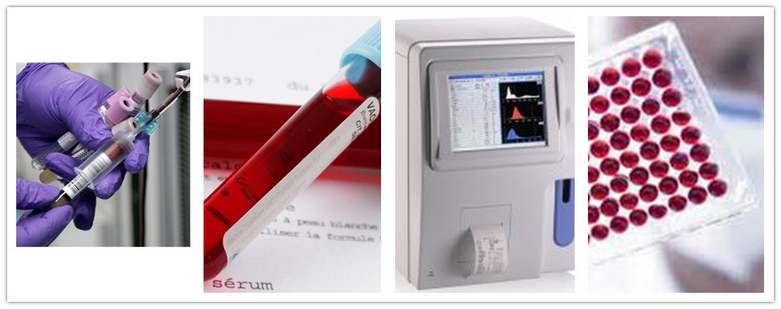

4 percent are due to inherited or immunological conditions in which the immune system makes antibodies which attack platelet cellsĪpproximately 1 percent of patients have platelets counts of less than 100,000/µL, which might impact pregnancy management.

21 percent are related to hypertensive diseases, such as preeclampsia or HELLP syndrome.75 percent are due to normal changes in pregnancy.When the number dips below 100,000-150,000/µL, your doctor will want to keep a closer eye on you to reduce the risk of complications.ĭuring pregnancy, about 10 percent of women have platelets counts below 150,000/µL. It's normal for your platelet count to dip by a few thousand during pregnancy, due in part to hemodilution: the body makes more plasma during pregnancy, so the total number of platelets per volume of blood will be lower. Outside of pregnancy, a normal platelet count ranges from 150,000 to 450,000/µL (platelets per microliter of blood). Patients with low platelets need to understand their personal risk during pregnancy and delivery, starting with the root cause of their condition. However, thrombocytopenia can turn serious quickly. Patients have reported mild symptoms such as bleeding gums while brushing their teeth, easy bruising, or reddish-purple spots (petechiae) caused by bleeding below the skin. Thrombocytopenia is often a "silent" condition, causing few noticeable symptoms. When you have too few platelets, called thrombocytopenia, maternal complications such as excessive bleeding, premature delivery, or inability to get an epidural can arise. This can put you at increased risk for heart attacks and strokes. But there is a delicate balance between activities that help your blood clot and those that cause too much clotting.Īt their best, platelets combine with other factors in the blood that control bleeding and help plug holes in the walls of blood vessels.Īt their worst, platelets can form clots in the blood vessels in areas that have plaque buildup. Pregnancy is generally a “pro-clotting” state, which makes sense – clotting helps protect women from excessive bleeding at delivery. Released by your bone marrow, the quantity of these specialized cells in your blood is generally reported on a complete blood count (CBC). Platelets, also called thrombocytes, are the smallest human blood cells and play a crucial role in blood clotting. Though Moore didn't elaborate on what specifically changed, low platelets (thrombocytopenia) is a fairly common condition.
#LOW MPV BLOOD TEST SERIES#
In February, a very pregnant Mandy Moore, star of the popular TV series "This Is Us," revealed that she had to alter her birth plan due to a diagnosis of low blood platelets.


 0 kommentar(er)
0 kommentar(er)
